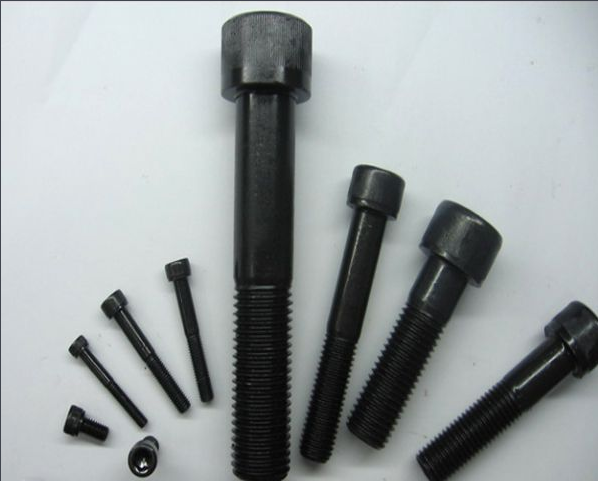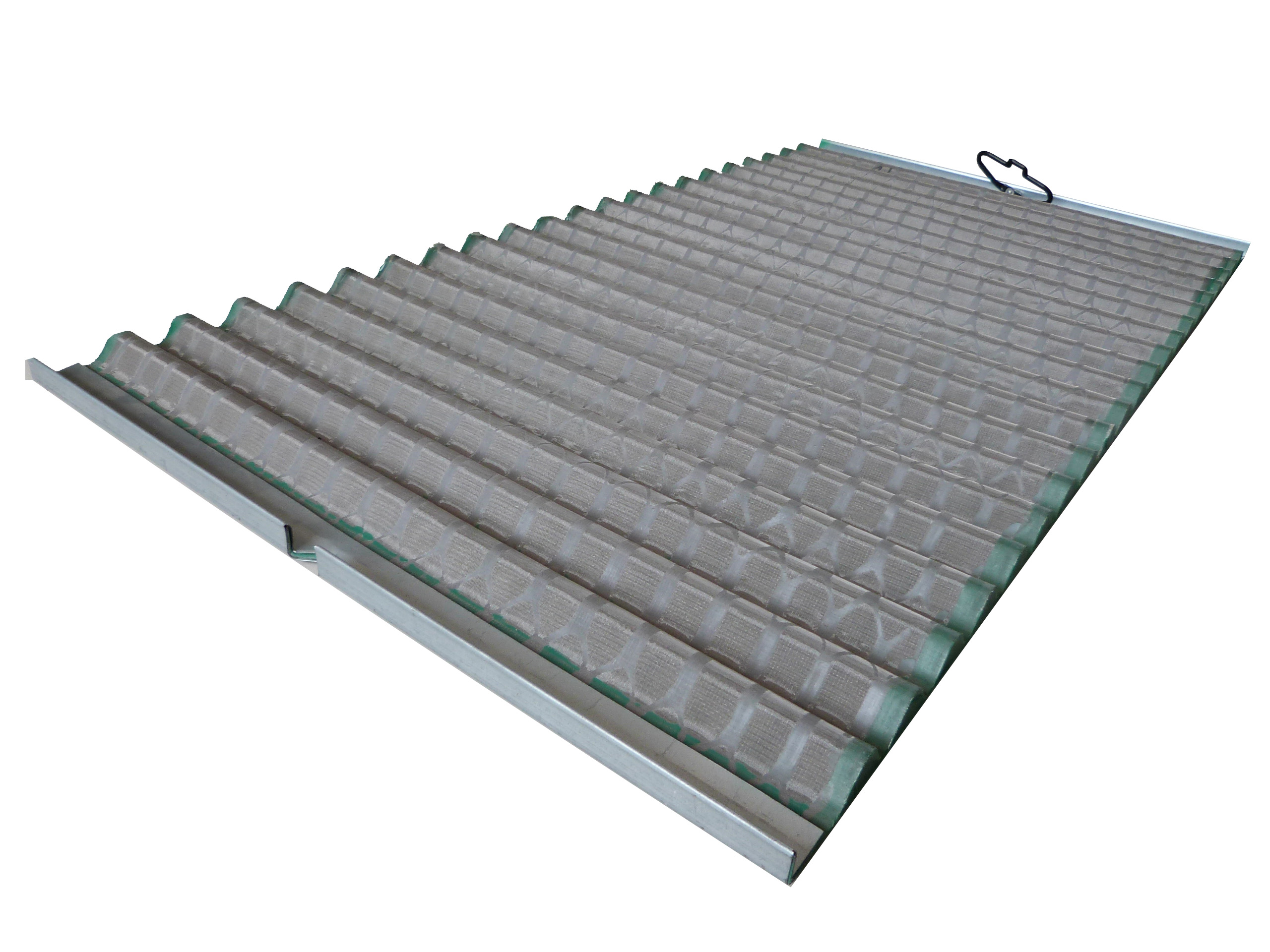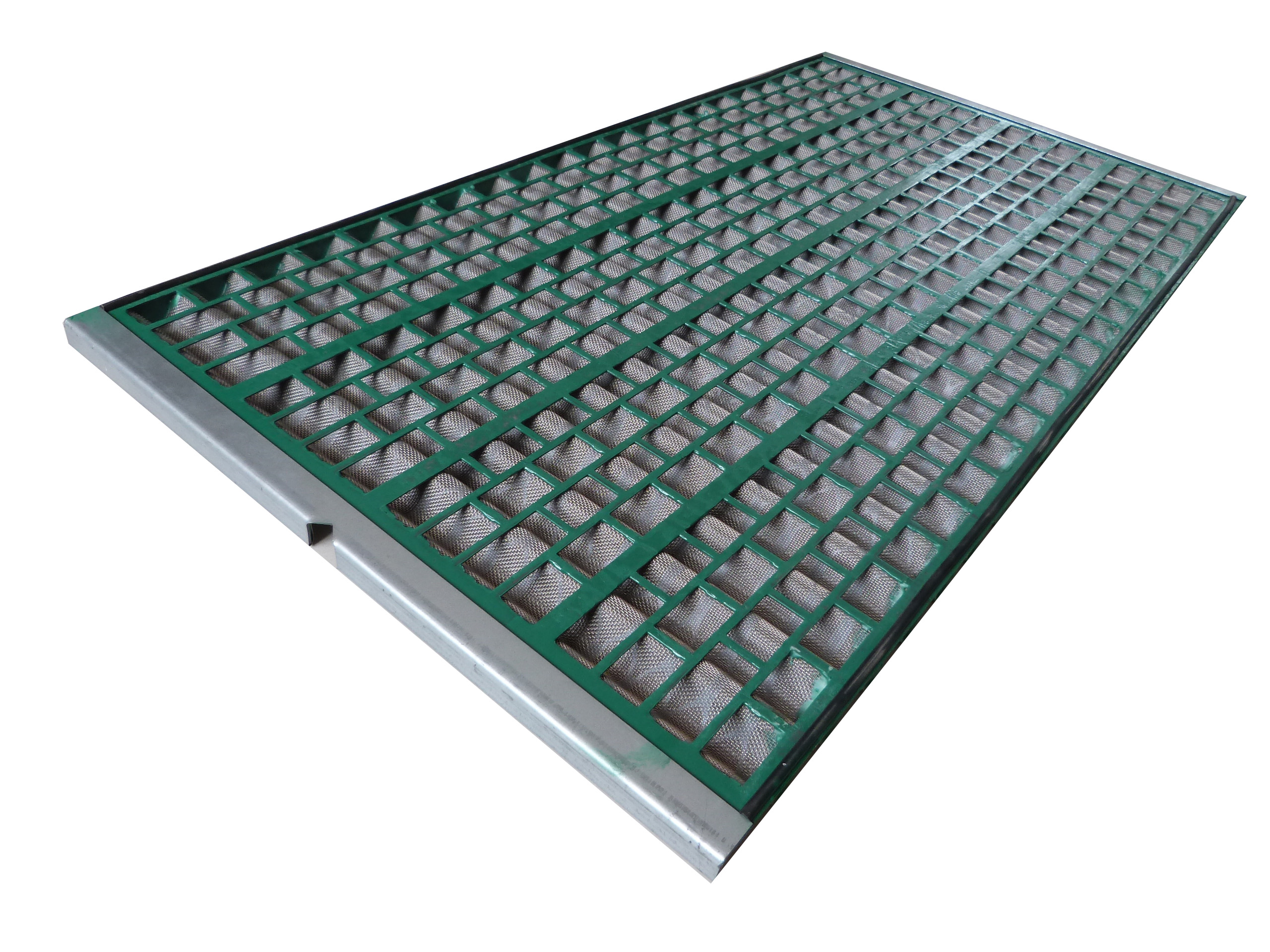Screw fasteners are used for surface treatment of screw fasteners in many ways for a more beautiful appearance. Many of the screw fasteners are extremely environmentally friendly and highly polluting. Therefore, in recent years, more and more companies have used stainless steel to make screws. Today, we will take a look at several surface treatment methods commonly used in the screw fastener industry.
The surface treatment of fasteners is a process of forming a cover layer on the surface of the workpiece by a certain method. The purpose of the fastener is to impart an aesthetic and anti-corrosion effect on the surface of the workpiece. The treatment methods are attributed to the following methods:
1. Electroplating: The electroplated component is immersed in an aqueous solution containing the deposited metal compound, and an electric current is passed through the plating solution to cause the electroplated metal to be deposited and deposited on the component. Generally, plating is performed by galvanizing, copper, nickel, chromium, copper-nickel alloy, etc., and boiled black (blue), phosphating, and the like are sometimes included.
2. Hot dip galvanizing: This is accomplished by immersing the carbon steel component in a plating bath of molten zinc at a temperature of about 510 °C. The result is that the iron-zinc alloy on the surface of the steel piece gradually becomes passivated zinc on the outer surface of the product. Hot dip aluminizing is a similar process.
3. Mechanical plating: The surface of the product is impacted by the particles of the coated metal, and the coating is cold welded to the surface of the product.
Generally, the screws are mostly plated, but they are used for hot-dip galvanizing in hexagonal wood screws such as electric power and highways. The cost of electroplating is generally 0.6-0.8 yuan per kilogram, and hot-dip zinc is generally 1.5-2 yuan/kg. higher cost.
The following are the more commonly used fastener surface treatment methods:

- electroplated zinc -
Electroplating is the process of forming a uniform, dense, well-bonded metal or alloy deposit on the surface of the product by electrolysis. Compared with other metals, zinc is a relatively inexpensive and easily plateable metal, especially for preventing atmospheric corrosion. It is a bottom-grade anti-corrosion coating that is widely used to protect steel parts and used for decoration.
According to the different plating solutions, electroplating zinc is mainly divided into four categories: cyanide zinc plating, chloride zinc plating, zincate zinc plating, and sulfate zinc plating.Process flow:
Degreasing - hot water washing - cold water washing - strong corrosion - cold water washing - weak corrosion - cold water washing - neutralization - cold water washing - electrolytic plating / electroless plating - cold water washing - - post-plating treatment
Craft photo:

Hydrogen embrittlement:
During the production process, especially during pickling and subsequent electroplating, the surface absorbs hydrogen atoms, and the deposited metal coating also captures hydrogen atoms. When the fastener is tightened, the hydrogen atoms are transferred toward the stress concentration portion, causing the pressure to increase to a level exceeding the strength of the base metal, resulting in a slight surface crack. Subsequent active hydrogen atoms quickly penetrate into the newly formed cracks, and the "pressure-break-infiltration" cycle continues until the fastener breaks. This usually occurs within a few hours of the first stress.
Dehydrogenation process:
The temperature for hydrogen removal is generally between 190 and 230 ° C for a period of 4 to 24 hours, and preferably 1 hour after plating and prior to chromate treatment.
- Phosphating -
Phosphorization is a chemical and electrochemical reaction to form a phosphate chemical conversion film. The phosphate conversion film is called a phosphate film. The thickness of the film is generally 10-15 microns, and the friction coefficient is 0.05. about. The purpose of phosphating is mainly to provide protection to the base metal, to prevent the metal from being corroded to a certain extent; to base the paint before painting, to improve the adhesion and corrosion resistance of the paint layer; to reduce friction in the metal cold working process Lubrication is used.

Phosphating process category
According to different performance, it can be divided into: rust phosphating process, wear-resistant film phosphating process, and pre-paint phosphating process.
According to the phosphating membrane system, it is classified into zinc-based, zinc-calcium-based, zinc-manganese, iron-based, and amorphous-phase iron systems.
According to the treatment temperature, it is divided into: normal temperature phosphating (no warming), low temperature phosphating (25-45 °C), medium temperature phosphating (60-70 °C), high temperature phosphating (>80 °C)
crafting process
Degreasing and descaling → washing → surface adjustment and activation – phosphating → washing – chromate treatment – ​​drying – coating grease
Phosphating applications in the industrial sector

- Dacromet -
Dacromet is the transliteration and abbreviation of DACROMET, referred to as Dacromet, Dakrust, Dickon. The domestic name is zinc chromium coating, which is a new type of anticorrosive coating with zinc powder, aluminum powder, chromic acid and deionized water as the main components.
Dacromet has a very high anti-corrosion property, is in the germination stage of clean production technology and a high-tech in China, and is known as the epoch-making new process in the international surface treatment industry. This process can replace iron-plated zinc, cadmium, zinc-based alloys, hot dip galvanizing, hot spray zinc, and mechanical galvanizing.
Process flow:
Organic solvent degreasing - descaling / shot blasting - dip coating / spraying - drying - pre-twisting - sintering - cooling - inspection - packaging
Craft photo:

Advantages:
Dacromet is a new type of surface treatment technology that is a "green plating" compared to conventional electroplating processes. Its advantages are as follows:
1) Superior corrosion resistance
2) No hydrogen embrittlement
3) High heat resistance
4) Good bonding and recoating performance
5) Good permeability
6) No pollution and pollution
defect:
1) Dacromet contains chromium ions harmful to the environment and the human body, especially hexavalent chromium ions have carcinogenic effects.
2) Dacromet has a higher sintering temperature, a longer time and a higher energy consumption.
3) Dacromet's surface hardness is not high, wear resistance is not good, and Dacromet-coated products are not suitable for contact and connection with copper, magnesium, nickel and stainless steel parts because they cause contact corrosion. Affect the surface quality and corrosion resistance of the product.
4) The surface color of Dacromet coating is single, only silver white and silver gray, which is not suitable for the individual needs of automotive development.
5) The conductivity of the Dacromet coating is not very good, so it is not suitable for conductively connected parts, such as the grounding bolts of electrical appliances.
- black / blue -
Blackening is a common method of chemical surface treatment. The principle is to produce an oxide film (ferric oxide) with a thickness of 0.6~0.8 microns on the metal surface to isolate the air and achieve the purpose of rust prevention. Blackening treatment can be used when the appearance requirements are not high, and the surface of the steel parts is blackened, and it is also called blue.
Common methods for blackening treatment include traditional alkaline warming and blackening, and late blackening at room temperature. However, the normal temperature blackening process is not very effective for low carbon steel. Alkaline black is subdivided, and there is another difference between blackening and blackening. The main components of the blackening solution are sodium hydroxide and sodium nitrite. The temperature required for blackening is relatively high, and a good surface can be obtained at about 135-155 °C, but the length of time required is somewhat long.
crafting process
Rack cleaning - alkaline water degreasing - water washing - pickling - boiling water washing - oxidation blackening - washing - saponification - washing - drying - dip hot oil - oil control - inspection - Storage

Derrick Hyperpool Shaker Screen
Replacement PMD Screens for Derrick Hyperpool Shakers
SJ-Derrick Hyperpool PMD Shaker Screen is one of the most popular Derrick Shaker Screens replacement. It is designed for the high capacity Hyperpool 4-panel shale shakers. Installed with pyramid screens, the non-blanked screening area has increased 20% than conventional flat screens. All replacement shaker screens for Derrick shale shakers are all compliant with API RP 13C (ISO 13501), the new industry standard for physical testing and labeling of shaker screens.
Technical Parameter
- Material: stainless steel 304/316/316 L.
- Construction Type: PMD (pyramid).
- Wear Mesh Shape: rectangle.
- API RP 13 C Designation: API 20 – API 325.
- Series: DX, DF, HP optional.
- Color: green.
- Package: 2 pcs per carton, packed in wooden case.
Adaptable Shale Shaker Model
SJ-Derrick Hyperpool Pmd Shaker Screen are used as the substitute screen for
- Derrick Hyperpool 4-panel shaker.
- Derrick Triple Hyperpool shaker.
- Derrick Dual Hyperpool with mud cleaner.
- Derrick Hyperpool VE (Vapor Extraction).
Competitive Advantage
- Stainless steel 304/316 wire mesh for longevity.
- Increase shaker capacity and reduce muds loss.
- Non-blanked screening area increased by more than 20%.
- Scientific & reasonable cost control system for competitive price.
- API RP 13C (ISO 13501) compliant.
- Adequate inventory in the shortest time to meet customers' demand.

Remarks:
Derrick, Hyperpool, PMD, DX, DF, HP are marks of Derrick Corporation.
ShengJia only produces the replacement screens but not original from Derrick


Derrick Hyperpool PMD Shaker Screen
Sieve Shaker Machine,Derrick Hyperpool Pwp Shaker Screen,Derrick Hyperpool Pyramid Shale Shaker Screen,Derrick Hyperpool Pmd Shaker Screen
Anping Shengjia Hardware Mesh Co.,ltd , https://www.oilshakerscreen.com